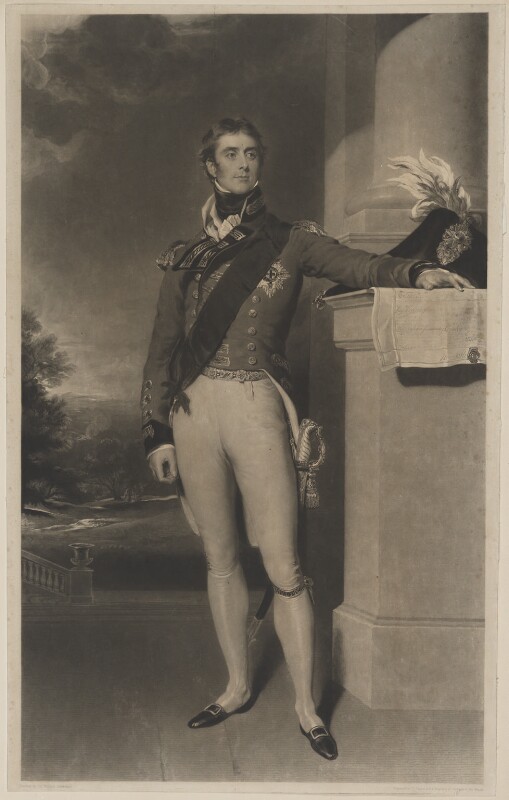Why did it take so long for everyone to get the right to vote? One reason was that widening democracy went directly against the interests of powerful establishment figures. This is illustrated by the story of Henry Pelham-Clinton, the 4th Duke of Newcastle-under-Lyne (1785-1851). Henry has been described as ‘one of the most prominent people of his day and also one of the most unpopular’. So notorious was his lifelong opposition to the giving votes to more men (let alone women), that one of his properties was burned down during a riot.
Henry was a staunch opponent of Catholic Emancipation, which extended voting and civil rights to Catholics. He also liked to evict his tenants if they didn’t vote the way he told them to. So it’s hardly surprising that he was vehemently against the introduction of the Reform Bill in 1831. The bill extended the vote to some middle-class men and aimed to clean up some of the worst abuses of ‘rotten boroughs’. These changes threatened to undermine Henry’s power. He claimed he would lose control of six boroughs at a cost of £200,000. As Henry was helping to defeat the Reform Bill in the House of Lords, riots broke out. One of his possessions, Nottingham Castle, was set alight, while his other houses had to be defended against attack. Despite Henry’s efforts, the bill eventually passed into law as the Great Reform Act of 1832.
Henry and his family lived in Nottingham, but his full name – Henry Pelham Fiennes Pelham-Clinton hints at his connection to Lewes. He was related to the Pelham family of Laughton, who were long-established Sussex landowners. Henry’s coat of arms contains the Pelham family emblem, the buckle, which was awarded to a distant ancestor for repelling a French attack on Seaford.

Henry’s title, Duke of Newcastle, had been inherited via his great-great uncle Thomas Pelham-Holles. A portrait of Thomas, twice Prime Minister, and of his wife, Henrietta, can be seen in Lewes Town Hall. The town hall is also home to a display tracing the development of democracy, as well as banners celebrating the women mayors elected to the council. That wouldn’t have pleased Henry, but never mind!
DW
Read more:
Richard A Gaunt, 4th Duke of Newcastle
University of Nottingham, Biography of 4th Duke of Newcastle & Diaries of 4th Duke of Newcastle
Sarah Bayliss, The Lewes Town Hall Pictures; Stories behind our paintings, Lewes Town Council, 2018, pp. 77-78.
Listen to the BBC’s In Our Time podcast about The Great Reform Act from 27 November 2008.
Top image: Henry 4th Duke of Newcastle by Charles Turner, 1830 (1807), Licensed by National Portrait Gallery (NPG D38723), CC BY-NC-ND 3.01


Leave a comment